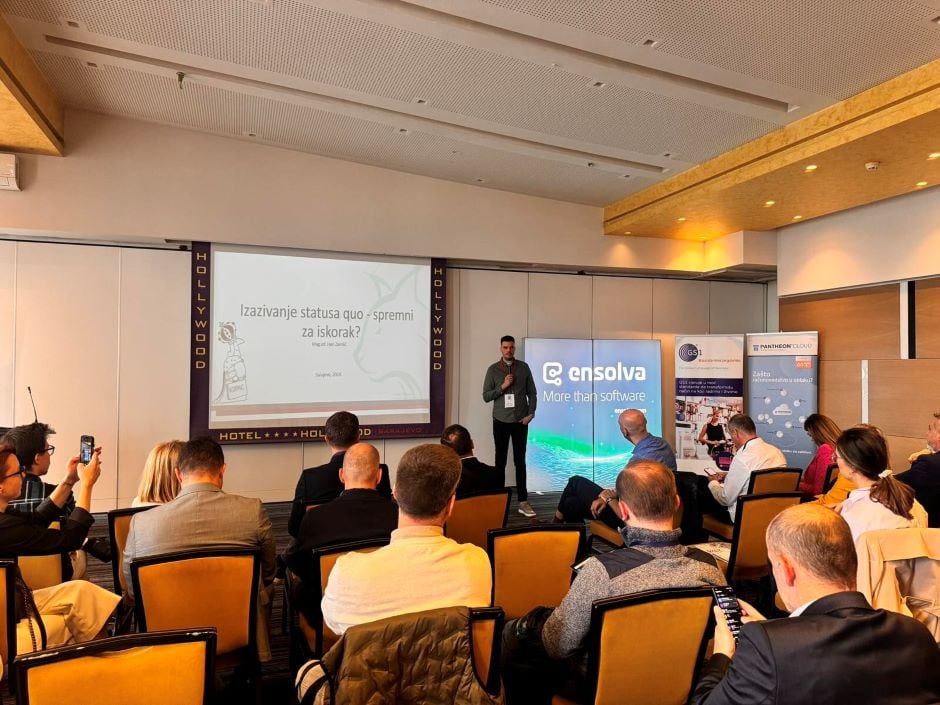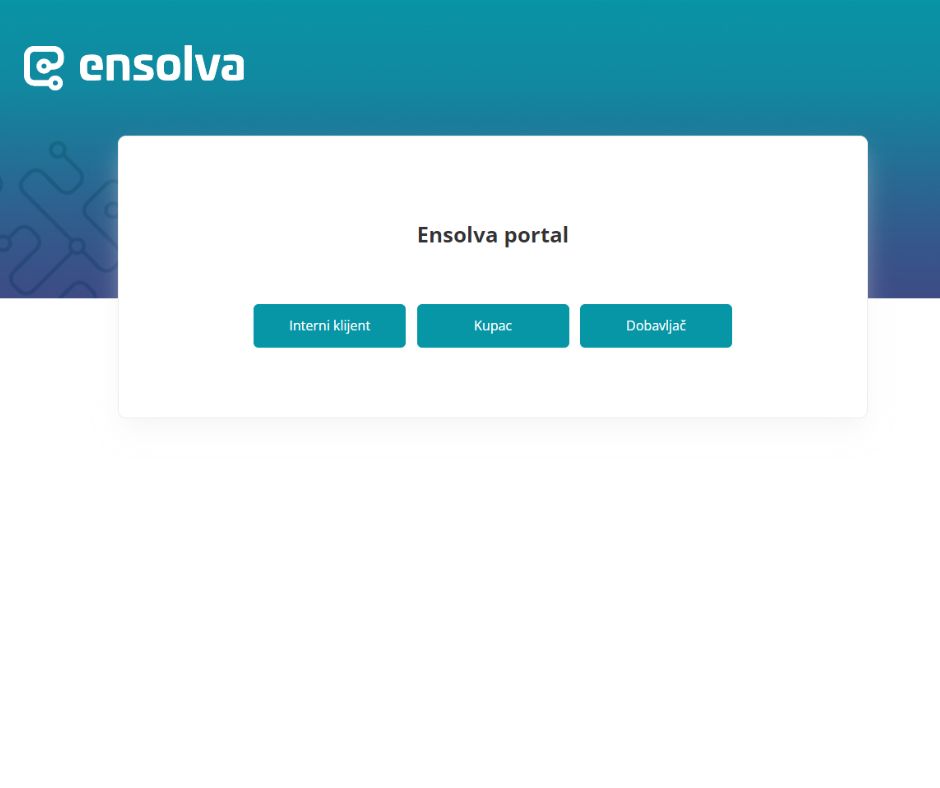PROCUREMENT REQUISITION vol.1
The procurement process is not initiated by procurement!
The procurement process begins when the need for goods, services, and works outside the company arises within the business organization. Employees officially notify their company and procurement through procurement requisitions, that they need products or services on behalf of the company. Procurement requisitions are official documents that trigger the whole mechanism of procurement activities that ultimately culminate in the delivery of goods or the provision of a service or work.
The success of the procurement depends on the information in the requisition
In successful organizations, qualified and professional employees are performing the procurement process. They use specialized procurement methods and procedures: from market research, models, suppliers, prices to negotiations. The procurement department is the operational and strategic intermediary between the internal client (employee) independently of his department and the supplier. It should be borne in mind that procurement does not know and cannot know everything that experts know. The internal client must create a complete and specified document in cooperation with the procurement department so that procurement can apply the correct procurement skills and methods.
Let’s study a simple example from shipbuilding. The production department requires a top pump for the ship. But there is a wide selection of coatings on the market from paint to its properties. He must specify the pump as well as possible, if he wants the procurement department to procure a part that meets all his requirements.
Procurement must educate colleagues from other departments to express accurately and in detail what they need through procurement requisitions. When creating a requisition, the employee MUST KNOW WHAT EXACTLY HE NEEDS. The responsibility is on the internal client and on the procurement.
The most common mistakes in the organization of procurement requisitions
The process of creating and sending procurement requisitions is seemingly simple. This is probably why it is trivialized and neglected. As a result, difficulties already arise in this part of procurement.
In collaboration with procurement departments, we found that these are the most common problems in terms of requisitions:
1. Defined rules and procedures are not followed.
Given that several people from several different sectors are involved in the process (all departments from companies, management, finance, and procurement), it is extremely important to define the application rules in detail. Insist on their observance!
2. The method of submitting a procurement requisition shall not be respected.
Procurement employees receive requisitions through various channels: by phone, on paper, by e-mail, or in the hallway.
3. The standardized procurement application form is not followed.
Procurement receives various inputs and incomplete and unclear information. This requires additional communication and reasoning or causes misunderstandings, resulting in incorrectly procured goods, services or work.
4. The agreed method of communication and approval is not respected.
Employees must obtain approval from their supervisors to procure goods, services, or works. Depending on the value of the procurement, individual requirements must pass multi-level approval. People in senior positions are overwhelmed with e-mails and documentation, so approval often has to wait a long time.
5. There is no written record of approval
In order to speed up the process, approvals are often given orally, so there is no written trace of approvals. This may sometimes cause problems because in the absence of a written clue, no one takes responsibility.
6. There are no procurement requirements at all
Instead of procurement requisitions, some companies allow employees to procure what they need themselves up to a certain amount. In this way, the management shows its employees the trust that comes with responsibility. However, employees do not know the methods and do not possess specialized knowledge as procurement experts, so they can’t promote important market information. This causes costs to be dispersed, no centrally managed procurement, and lost cost control.
The application process must be precise and organized
It is always a better choice for procurement to be performed by qualified procurement professionals using procurement requisitions, than for employees to individually order goods, services or works. A properly completed procurement requisition makes it easier to find the necessary works, services, or works and negotiate with suppliers. The result is effective cost control and material management within the company.
Procurement requisitions are common in large companies where financial managers would not otherwise be able to keep track of it. However, SMEs also use procurement requisitions in order to improve procurement procedures. Every company’s goal is to spend as little as possible and sell as much as possible. Therefore, applicants should order only what the company really needs. Procurement requisitions ensure that this happens.
ADVANTAGES OF THE PROCUREMENT REQUISITION:
- Transparency
- Elimination of duplicate orders
- Error reduction
- Supervision of purchase orders
- Consolidation of requisitions and achieving better cost
- Protecting procurement in the event of any disputes
- Specification: product description, quantity, supplier name, price, and name/department of the applicant.
- Supervision: Procurement requisitions delivered to superiors to inform them of the items requested in the department. The requisition is reviewed to ensure that the requisition is valid, within the department’s budget, and stated that it could be purchased from an approved supplier. Most companies require more than one approver, especially if the costs of goods/services/works are significantly high. In case the information is missing, incorrect or inadequate, the requisition is rejected and returned to the internal client for correction.
- Fast, simple, and effective communication between participants.
- The location of the problem can be easily identified, and a solution diagnosed.
It is vital for a business organization to make the procurement process efficient from start to end. Advanced organizations are turning to technology to become more transparent and save time and money.
In the following article, read how to improve Procurement Requisitions.



